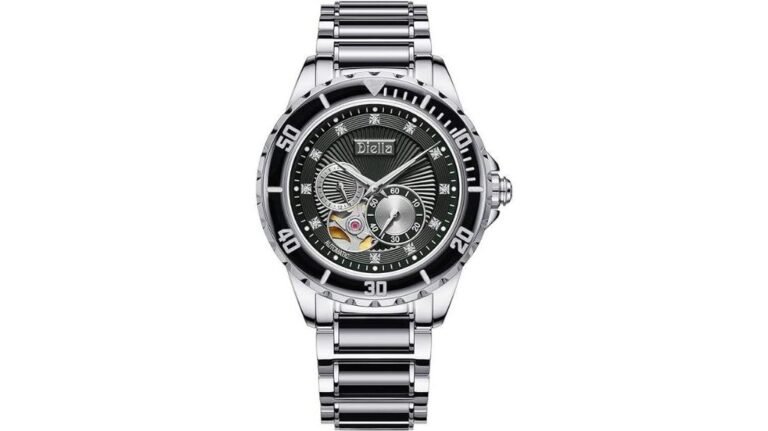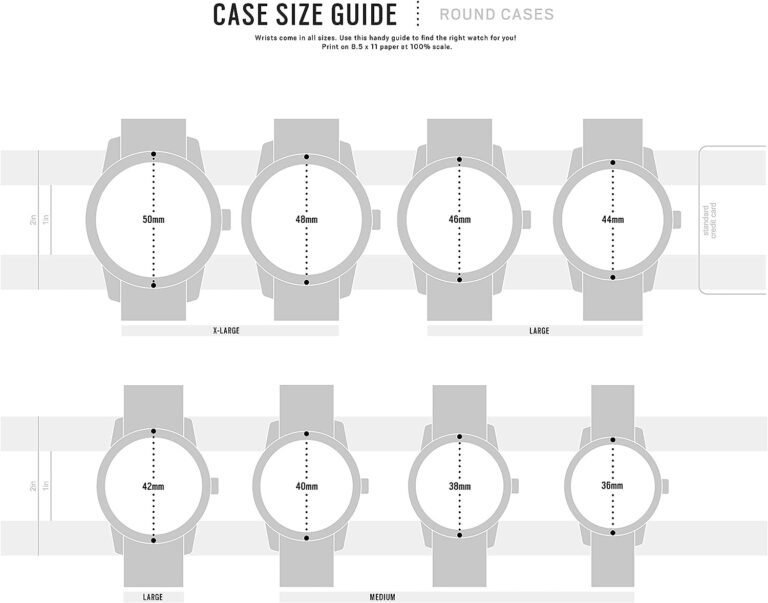The Evolution of Royal Jewelry Through the Ages
Did you ever wonder about the captivating history of royal jewelry? Brace yourself for a journey through time as we explore the evolution of these majestic adornments.
From ancient origins to modern innovations, witness the transformation of royal gems that have fascinated and enchanted generations.
Delve into the opulence of the Renaissance and the extravagance of the Baroque era. Discover the sentimentality and symbolism of Victorian elegance.
Prepare to be dazzled by the contemporary trends that continue to shape the world of royal jewelry today.
Key Takeaways
- Ancient Egyptian jewelry influenced royal adornments across various cultures and time periods, conveying messages about identity, rank, and social status.
- The Renaissance period saw a revival of intricate craftsmanship and symbolic motifs in royal jewelry, with gemstones symbolizing wealth and power.
- Baroque jewelry reflected the overall artistic style of the time and featured abundant use of gemstones, particularly diamonds, rubies, emeralds, and sapphires.
- Victorian royal jewelry embraced sentimentality and symbolism, with gemstones like amethyst, pearls, and garnets carrying specific meanings.
Ancient Origins of Royal Jewelry
You frequently wear royal jewelry to showcase your status and power throughout history. One of the earliest and most influential origins of royal jewelry can be traced back to ancient Egypt. Ancient Egyptian jewelry had a profound impact on the adornments of royalty across various cultures and time periods.
The Egyptians valued jewelry not only for its aesthetic appeal but also for its cultural significance. Each piece of jewelry held symbolic meaning, conveying messages about the wearer’s identity, rank, and social status. For example, the famous scarab beetle amulet represented rebirth and protection, while the ankh symbolized eternal life.
The intricate craftsmanship and exquisite materials used in ancient Egyptian jewelry set a high standard for royal adornments. Gold was particularly prized for its association with divinity and immortality. Pharaohs and other noble rulers adorned themselves with elaborate crowns, collars, bracelets, and rings, often featuring intricate engravings, vibrant gemstones, and precious metals.
The influence of ancient Egyptian jewelry spread beyond Egypt’s borders, shaping the styles and designs of royal adornments in neighboring civilizations. It became a mark of prestige and power, reflecting the ruler’s connection to the divine and their ability to command wealth and resources. The cultural significance of ancient royal jewelry continues to be felt in contemporary times, as these timeless pieces serve as a testament to the enduring power and legacy of ancient civilizations.
Renaissance Revival: The Golden Age of Royal Adornments
The Renaissance period brought about a resurgence in royal adornments, as opulent jewelry became a symbol of wealth and status for the nobility. During this Golden Age of Royal Adornments, renaissance inspired designs flourished, showcasing a blend of artistic excellence and cultural influences.
-
Intricate Craftsmanship: In the Renaissance, jewelry artisans mastered the art of intricate craftsmanship, creating elaborate pieces that were meticulously designed and painstakingly executed. The use of techniques such as enameling, filigree, and gemstone cutting reached new heights, resulting in breathtakingly beautiful jewelry pieces that showcased the skills of the craftsmen.
-
Symbolic Motifs: Renaissance jewelry often featured symbolic motifs that reflected the cultural influences of the time. Classical elements, such as scrolls, cameos, and mythological figures, were popular choices. Christian symbols, such as crosses and angels, were also frequently incorporated into the designs, reflecting the religious fervor of the era.
-
Rich Gemstones: Gemstones played a significant role in renaissance jewelry, with royals and nobles adorning themselves with precious gems. Diamonds, rubies, emeralds, and sapphires were highly sought after, symbolizing wealth, power, and prestige. Gemstones were often set in intricate gold and silver mountings, further enhancing their beauty and allure.
The Renaissance period witnessed a remarkable evolution in royal jewelry, with renaissance inspired designs and cultural influences shaping the opulent adornments of the era.
Baroque Extravaganza: Luxury and Splendor in Royal Jewelry
Experience the opulence and grandeur of royal jewelry during the Baroque period, with its extravagant designs and lavish use of gemstones and precious metals. Baroque jewelry was a reflection of the overall artistic style of the time, characterized by its dramatic and ornate features. Opulent designs were favored, with intricate details and elaborate motifs that showcased the wealth and status of the wearer.
During the Baroque era, gemstones played a central role in royal jewelry. The use of extravagant gemstones wasn’t only a sign of wealth but also a way to demonstrate power and authority. Precious stones such as diamonds, rubies, emeralds, and sapphires were highly sought after and used abundantly in the creation of these intricate pieces. The vibrant colors and sparkling brilliance of these gemstones added to the overall visual impact of the jewelry.
One of the most iconic examples of Baroque jewelry is the parure, a matching set of jewelry consisting of a necklace, earrings, brooches, and sometimes a tiara. These parures were often commissioned by royalty and nobility and were adorned with opulent designs and an array of extravagant gemstones. The craftsmanship and attention to detail in these pieces were unparalleled.
Victorian Elegance: Sentimentality and Symbolism in Royal Gems
Step into the world of Victorian elegance and explore the sentimentality and symbolism found in royal gems. During the Victorian era, jewelry was more than just decoration; it was a way for individuals to express their emotions and convey hidden messages. Gems held a special place in this era, as they were believed to possess sentimental and symbolic qualities.
Here are three subtopics that highlight the sentimentality in gemstones and the hidden meanings in Victorian jewelry:
-
Sentimental Gemstones:
- Amethyst: Representing deep love and devotion, amethyst was often used in engagement rings to symbolize fidelity and commitment.
- Pearl: Known as the ‘teardrops of the moon,’ pearls were associated with tears of joy and were often worn to celebrate special moments, such as weddings and births.
- Garnet: Symbolizing eternal love and friendship, garnets were often exchanged between loved ones as a token of affection.
-
Hidden Messages:
- Acrostic Jewelry: Acrostic jewelry became popular during the Victorian era, where gemstones were used to spell out secret messages. For example, a ring with a combination of amethyst, ruby, emerald, and diamond could spell out the word ‘ARDENT,’ symbolizing passionate love.
- Lockets: Lockets weren’t only a fashion statement but also a way to carry sentimental items, such as a lock of hair or a miniature portrait of a loved one, close to the heart.
- Mourning Jewelry: During the Victorian era, mourning jewelry was worn to commemorate the loss of a loved one. Black gemstones, such as onyx or jet, were commonly used to symbolize grief and mourning.
-
Sentimental Symbols:
- Heart-shaped Gemstones: The heart shape became a popular symbol of love during the Victorian era. Gemstones, such as rubies or garnets, were often cut into heart shapes and used in engagement rings or other sentimental jewelry pieces.
- Forget-me-nots: The forget-me-not flower was a symbol of remembrance and was often incorporated into jewelry designs to represent everlasting love and memories.
- Serpent Motif: Serpents were symbolic of eternal love and wisdom in Victorian jewelry. They were often depicted with gemstones, such as emeralds or rubies, to represent passion and fidelity.
Modernization and Innovation: Contemporary Trends in Royal Jewelry
Take a look at how royal jewelry has modernized and innovated with contemporary trends. In recent years, royal families have embraced innovative designs and sustainable materials to create jewelry pieces that reflect the changing times and the growing interest in eco-friendly practices.
One of the notable trends in modern royal jewelry is the use of innovative designs. Royals have moved away from traditional, ornate pieces and have started embracing more contemporary and minimalist styles. This shift can be seen in the choice of geometric shapes, clean lines, and bold colors. For example, Princess Mary of Denmark has been spotted wearing a sleek and modern diamond necklace with a geometric pendant. This design not only showcases her individual style but also reflects her commitment to modernity and innovation.
Another important aspect of contemporary royal jewelry is the use of sustainable materials. Royals are increasingly opting for ethically sourced gemstones and recycled precious metals. This shift towards sustainability is a reflection of the growing awareness and concern for the environment. For instance, Queen Letizia of Spain has been seen wearing earrings made from recycled gold. By choosing sustainable materials, royal families are setting an example and promoting responsible practices in the jewelry industry.
To summarize the contemporary trends in royal jewelry, the table below provides a visual representation of the use of innovative designs and sustainable materials:
| Contemporary Trends in Royal Jewelry | |
|---|---|
| Innovative Designs | Sustainable Materials |
| Geometric shapes | Ethically sourced gemstones |
| Clean lines | Recycled precious metals |
| Bold colors | Environmentally friendly practices |
Through their choice of innovative designs and sustainable materials, royal families are not only modernizing and innovating the world of jewelry but also making a positive impact on the environment.
Conclusion
You’ve journeyed through the ancient origins of royal jewelry, witnessed the golden age of Renaissance revival, marveled at the baroque extravagance, and embraced Victorian elegance.
Now, as we enter the modern era, royal jewelry continues to evolve with innovation and modernization.
Some may argue that the traditional charm of ancient adornments has been lost in contemporary trends. However, the fusion of traditional craftsmanship with cutting-edge designs creates a new rhythm and flow, ensuring the everlasting allure of royal jewelry.





